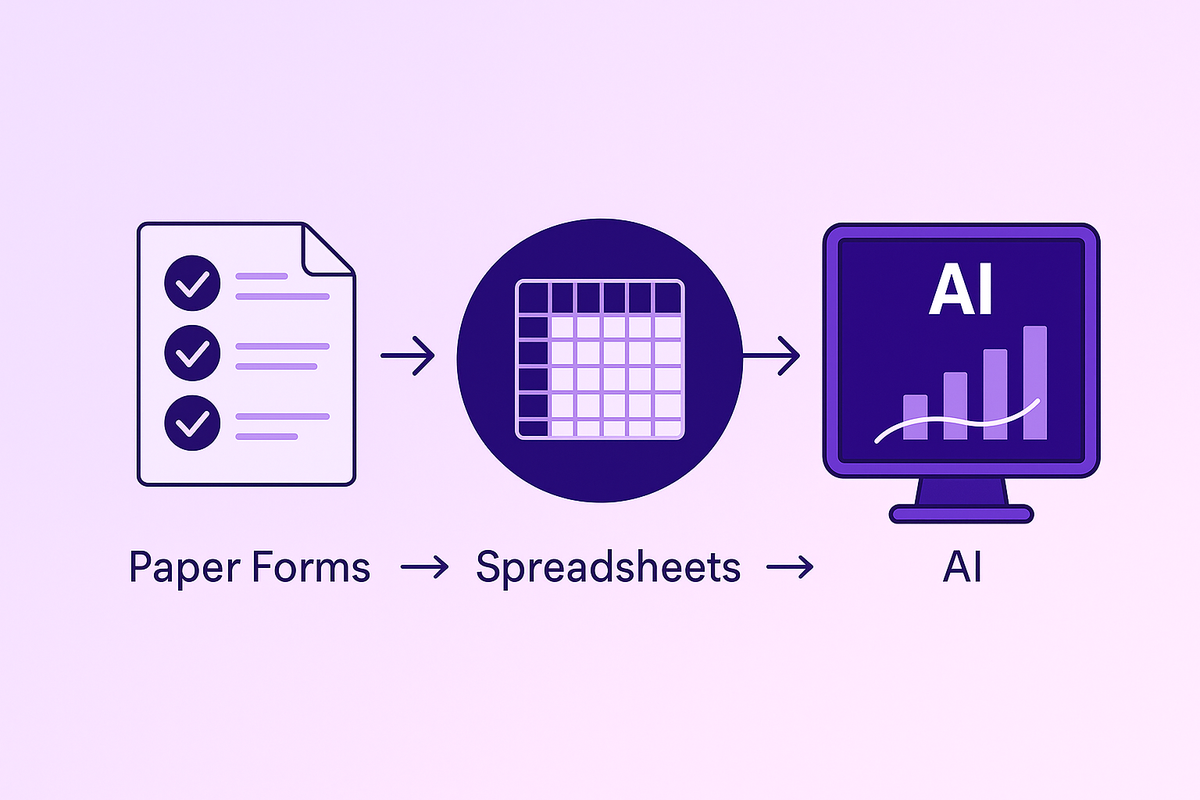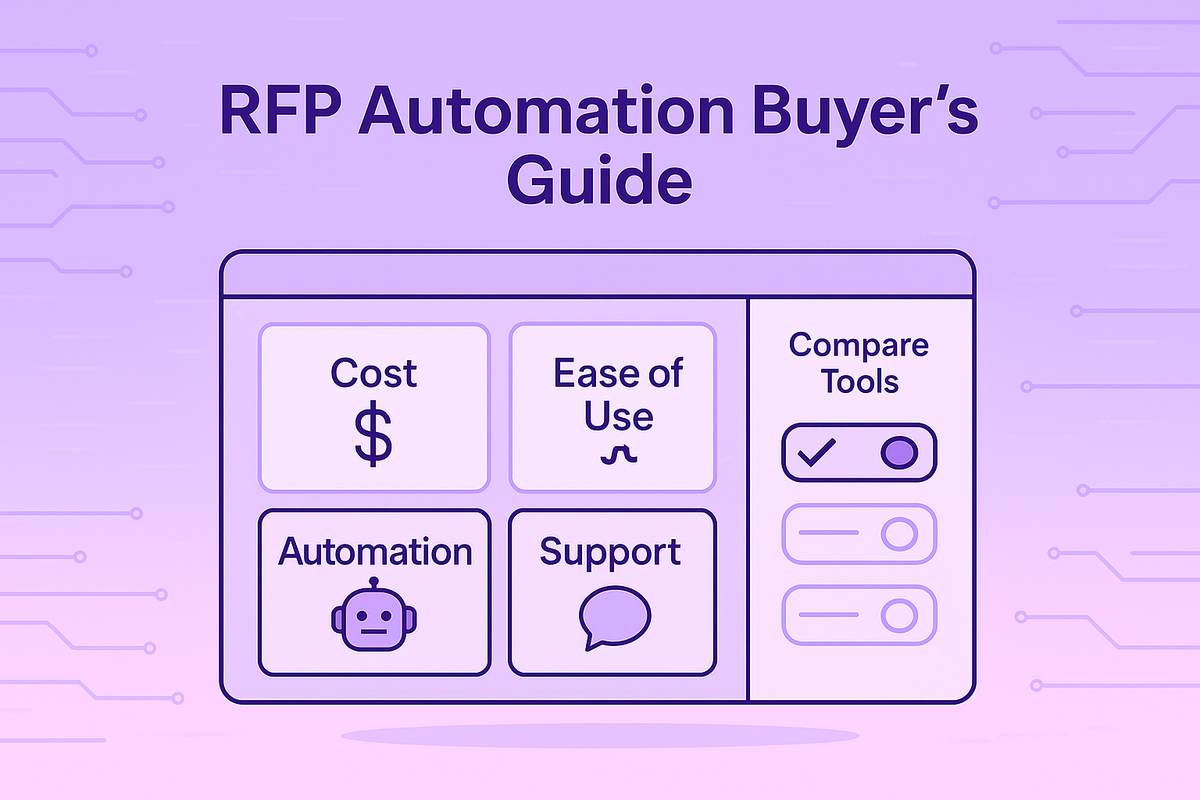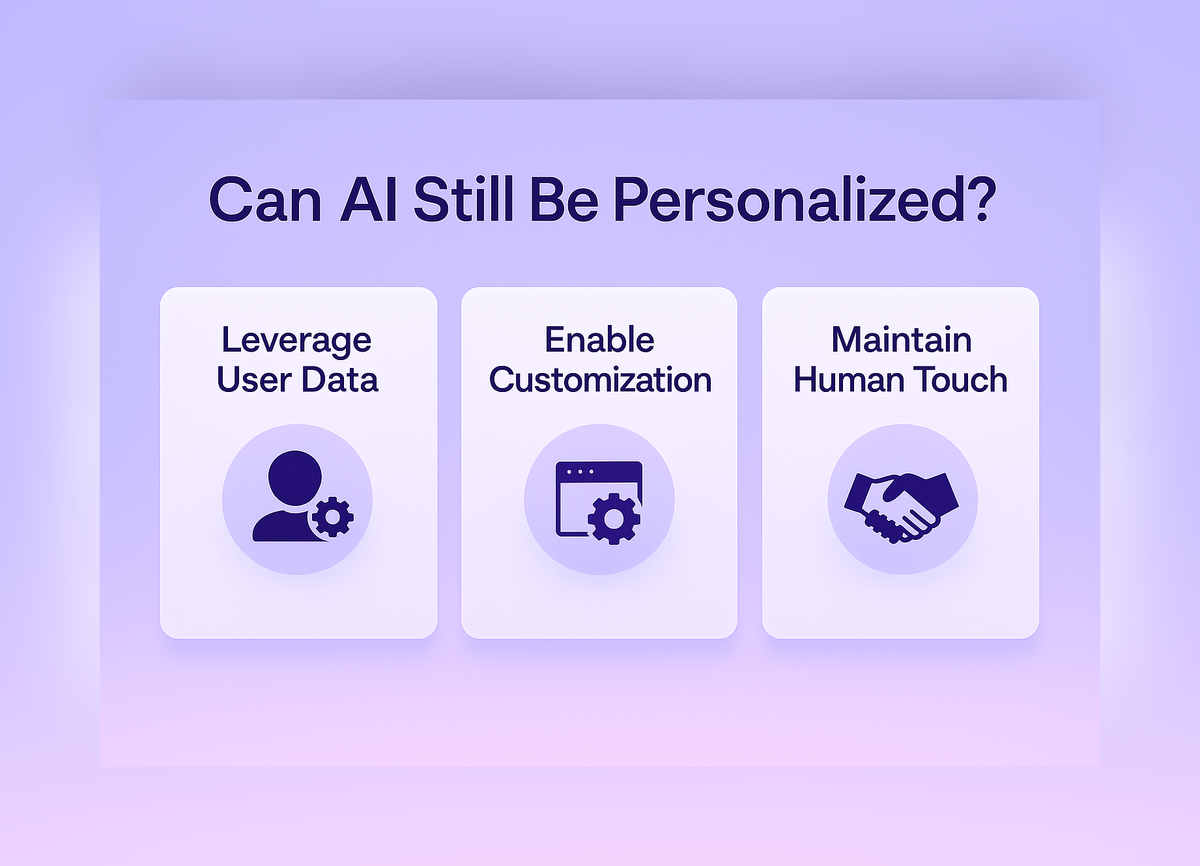Future of Security Questionnaires: Compliance Trends
August 8, 2025
By
Evie Secilmis

The Future of Security Questionnaires in Compliance
In today’s rapidly evolving digital landscape, organizations face growing pressure to protect sensitive data and manage cybersecurity risks effectively. Security questionnaires have long been a cornerstone of compliance and vendor management — but their role is expanding fast.
So what does the future hold for these essential compliance tools? In this article, we’ll explore the evolving role of security questionnaires, the trends shaping their future, and how organizations can adapt to maintain strong, scalable compliance practices.
Why Security Questionnaires Matter More Than Ever
Security questionnaires are a critical part of modern risk management and data protection strategies. They help organizations systematically evaluate the security posture of third-party vendors, internal teams, and technology partners — ensuring compliance with frameworks like SOC 2, HIPAA, and ISO 27001.
1. Vendor Risk Assessment
As companies increasingly rely on third-party vendors, assessing their security practices has become essential. Security questionnaires allow businesses to evaluate whether vendors have adequate data protection controls, encryption policies, and access safeguards in place.
2. Internal Compliance
Security questionnaires aren’t just for external partners. Many organizations use them internally to audit compliance processes, validate adherence to security frameworks, and proactively identify vulnerabilities before they become threats.
3. Transparency and Trust
By consistently using security questionnaires, businesses demonstrate accountability and transparency — key differentiators when competing for enterprise deals or responding to RFPs that include compliance requirements.
Trends Shaping the Future of Security Questionnaires
The landscape of security and compliance is changing — fast. To remain effective, questionnaires must evolve alongside it. Let’s explore the top trends redefining how organizations approach security questionnaires.
1. Automation and AI Integration
The most transformative trend is the rise of automation and artificial intelligence (AI) in compliance workflows.
Manually completing, reviewing, and tracking questionnaires is time-consuming and error-prone. With automation, organizations can:
- Auto-populate responses using centralized compliance libraries
- Use AI to detect inconsistencies or missing data
- Analyze trends to identify recurring risks
AI-driven tools — like those powering Win More Deals with Security Questionnaires — can learn from historical responses, flag anomalies, and even predict potential vulnerabilities before they escalate.
2. Customization for Industry-Specific Needs
No two organizations face the same risks. The future of compliance lies in customizable security questionnaires tailored to each organization’s unique industry, size, and regulatory landscape.
Custom questionnaires allow teams to:
- Ask more relevant, context-specific questions
- Prioritize risks that truly impact operations
- Improve the quality of vendor assessments
This flexibility ensures that questionnaires remain actionable and precise, helping teams focus on meaningful security insights rather than generic checkboxes.
3. Real-Time Monitoring and Continuous Compliance
Traditional questionnaires are static snapshots — they assess compliance at a single point in time. The next evolution is real-time monitoring, where compliance data updates continuously.
By integrating questionnaires with monitoring tools, organizations gain:
- Instant visibility into vendor risk levels
- Ongoing validation of security controls
- Immediate alerts when vulnerabilities arise
This continuous approach reduces lag between assessments and ensures your security posture stays current, accurate, and aligned with regulatory expectations.
How Organizations Can Adapt to the Future of Compliance
Staying compliant in a constantly changing security environment requires proactive adaptation. Organizations that evolve their questionnaire strategy now will be better positioned to protect data and build trust later.
1. Embrace Automation and AI
Leverage technology to simplify manual tasks. Automating questionnaire distribution, tracking, and analysis can reduce administrative overhead and improve accuracy.
2. Prioritize Flexibility
Use customizable templates that evolve with your organization’s needs. Adapt questionnaires to cover emerging risks like AI governance, data residency, and cloud security.
3. Implement Real-Time Monitoring
Combine questionnaires with continuous security tools to maintain up-to-date insights into vendor risk and compliance performance.
4. Commit to Continuous Improvement
Regularly review and update your security questionnaire process. Incorporate feedback, emerging regulations, and lessons learned from audits to strengthen your compliance framework.
Staying Ahead in a Dynamic Compliance Environment
To stay compliant and competitive, organizations must treat security questionnaires as living components of their risk management ecosystem.
This means going beyond one-time assessments — and instead building a system that continuously evaluates, adapts, and improves. By aligning with modern technologies and best practices, businesses can reduce manual work, improve accuracy, and enhance collaboration across compliance and procurement teams.
The Bottom Line
The future of security questionnaires in compliance is being shaped by three major forces: automation, customization, and continuous monitoring.
Organizations that embrace these trends will not only strengthen their data protection practices but also gain a strategic advantage — responding faster, demonstrating compliance more confidently, and earning greater trust from clients and partners.
For more insights on leveraging security questionnaires to grow your business and streamline compliance, read Win More Deals with Security Questionnaires.
Share this post
Link copied!



















